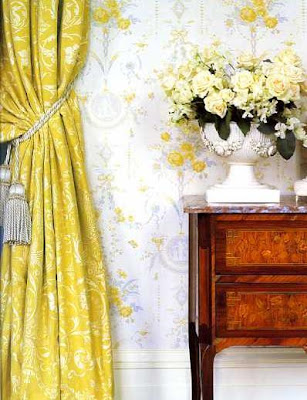Even though oil paintings are one of the most appealing types of artwork, mastering this technique is very hard to do especially for those who do not have past experiences in doing this art. Before moving on to the actual mastery of techniques for oil painting, it is important to be aware of the basics and the not-to-do in this area. One basic advice on painting is to always start on oil artworks with an acrylic under-painting. Using oils for underpaint is not recommended because their initial layers are very slow to dry. If acrylic paints are used, however, then the drying time of the paints are sped up, giving artists faster time to apply other layers of paints.
Also in doing paintings, one must make sure that the painting is done in a place with good lighting conditions. Having sufficient light is very important because it brings out the true hues of the colors used and also creates lesser strain to the eyes. Painting outdoors is more preferred by professional painters though artificial indoor light can also be used. Another advice is to always have good ventilation on the studio or outdoor setting. This is very important in oil painting

One basic technique to master oil painting is the fat over lean method. ‘Fat’ oil paints are paints straight out of the tube which are added with more oil. Thus, this kind of paint requires a long drying time. ‘Lean’ paints, on the other hand, are paints which are mixed with white spirits or turpentine to have fast drying periods. The fat over lean technique is simply all about putting the fat paints above the lean ones. This is a very important advice on painting with oils because if the lean paints are painted over the fat oils, the upper lean layer will dry first than the fat lower layer. Once this happens, the lower layers will absorb the oil from the upper layers which may cause the cracking of the upper layers of paint. Thus, each layer of paintings should be fatter than the ones below them.
The last vital advice on painting is to always choose the best quality brushes. Even though cheap brushes are more affordable, their quality cannot be relied on because they have brittle bristles which shed and stick to the canvass when painting. Hair brushes are good choices but those made with real or synthetic sables are also recommended. Brush care is also very important especially for the expensive types. Brush preservers and cleaners should be used to maintain the quality of these materials. When it comes to using them, brushes should never be held the way pencils are held. Brushes for oil paints are really made with long bristles so practicing holding brushes on their middle or ends should be practiced.


























